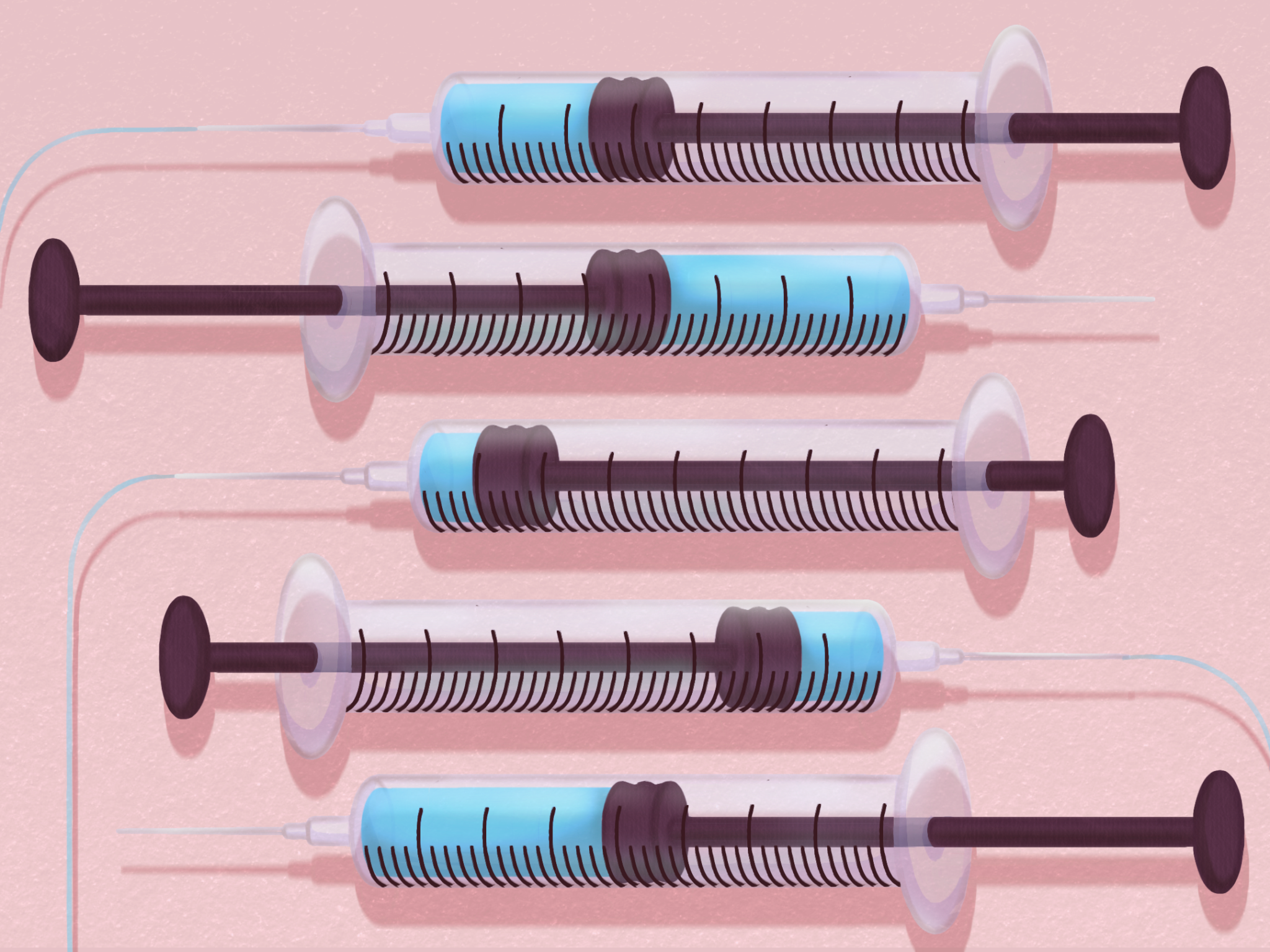White House signals shift to an annual COVID-19 vaccine, Yale experts weigh in
The new bivalent covid booster may be the start of an annual schedule of vaccination. Yale experts spoke on the ramifications of this for the future of the COVID-19 pandemic in the U.S

Cate Roser
As the bivalent COVID-19 booster shot started rolling out around the country, the White House indicated last Tuesday that this booster would likely begin a new phase in the vaccine campaign in which the vaccine is given annually — similar to a flu shot.
In a briefing, Anthony Fauci said that “barring any new variant curveballs” the country would likely move toward a vaccination cadence mirroring that of the flu vaccine. Yale School of Public Health experts weighed in on the future of the COVID-19 pandemic and the ramifications of switching to an annual shot.
“We’re all worried about what’s going to happen in the winter,” said Albert Ko, professor of epidemiology at Yale School of Public Health. “But to say that [an outbreak] is only going to happen in the winter, I think it’s a little bit too early.”
Ko noted that the Delta variant hit during the winter in India, which coincided with the summer in the U.S. While the variant was first detected in India during the country’s winter wave, its transmission to the U.S resulted in nearly 300,000 Americans dying from the Delta variant in “the middle of the summer.” The U.S. has not yet reached the “steady state” of the pandemic where predictions about sudden outbreaks can be made, Ko said.
According to Ko, there are two assumptions underpinning the plan to vaccinate once a year. The first is that there is only one wave of COVID-19 outbreaks each year, with that wave taking place during the winter similar to seasonal afflictions such as influenza. The second is that the duration of immunity from vaccination will be long enough, despite the previous booster’s effects having been shown to wane after three to four months.
“It’s unfeasible to have a vaccination program where you have to vaccinate people every three or four months, or every six months,” Ko said. “But we have to see how the vaccine works — how long that duration of immunity will be — before final recommendations can be made.”
According to Benjamin Goldman-Israelow, assistant professor of medicine at the Yale School of Medicine, the third COVID-19 shot should have been thought of as the last part of the primary vaccine regimen — not as a booster. From here, the vaccine will likely become an annual shot to boost immunity against circulating variants, he said.
Goldman-Israelow hesitated to compare COVID-19 to the flu, citing COVID-19’s elevated mortality rates and overall pathogenicity. However, the model of predicting the circulating influenza strains when designing the annual vaccine could likely be used to design the COVID-19 vaccine each year.
“One of the strengths of the mRNA vaccine is that we can easily change the sequence to correlate with the circulating COVID strain,” Goldman-Israelow said.
Saad Omer, professor of epidemiology at YSPH, believes that the U.S. should invest in a new system where COVID-19 shots and influenza shots are advertised and delivered simultaneously. The U.S. already has not had a “stellar” record of delivering influenza vaccines to adults, he said.
According to Omer, the most effective vaccination strategy at the moment will be to create an opt out system employing “nudge theory,” where if someone sees a healthcare provider, they will be offered vaccination as the default.
“[We are] changing from more active measures to measures that are more passive,” Omer said. “One thing we absolutely have to do as a country is invest in better ventilated buildings and better filtration in our air conditioning and heating systems.”
Goldman-Israelow emphasized that another important measure will be improving infrastructure for workers who test positive for COVID-19 to enable them to work from home. While prior to the pandemic it was typical for people to come into work sick, this should no longer be acceptable, he said.
While there is still concern over the prospect of a new major variant arising this coming winter — compared to the beginning of the pandemic — Goldman-Israelow thinks the U.S. is heading toward years without multiple waves. There will likely be more seasonality aligning with the “respiratory virus season” during the winter.
“We’ll see immunity lasting longer — as we’ve started to see — we’ll see seasonality playing more of a role because people go inside and the coronavirus is just more stable at lower temperatures and lower humidity.”
According to the CDC Data Tracker, there have been 108,953,688 first booster doses in the United States.







